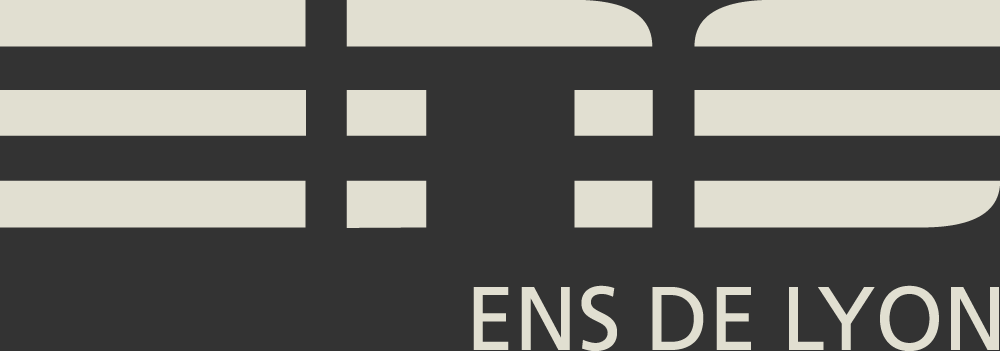About this translation
A new translation by Philip Stewart, ©2020
Obviously enough, this translation was undertaken because, despite their number, [1] all the previous ones seemed to me inaccurate or at least in some ways deficient. [2] Additionally, all but the first Ozell version and the Mauldon translations were based on the posthumous edition D of 1758, which could also today be considered a serious deficiency.
Montesquieu, who was thirty-two when this book was published in 1721, never discusses it in his correspondence during the period – presumably 1716 to 1720 – when he was writing it. Though it caused quite a sensation, the work was unsigned, and most of his acquaintances did not know he was behind it.
Since Lettres persanes could not have passed French censure, the author had recourse to the usual solution, which was to arrange to have it published in Holland. The title page indicates Cologne : Pierre Marteau, but this too was a conventional cover (there was in fact no such printer), in this case for Jacques Desbordes (actually his widow, Susanne de Caux) in Amsterdam. This edition, formally referred to as edition A (see table below), which contains 150 letters, is the basis of the authoritative editions produced by the Société Montesquieu on which this translation in turn is based. [3]
An enigmatic second edition called B, printed in the same place and labelled as “reviewed, corrected, diminished and augmented by the author”, appeared later in the same year. The order of the letters was somewhat modified but, more surprisingly, thirteen of the original letters had been suppressed and three new ones added, for a total of 140. We have little idea what role the author played in conceiving and executing this edition, though obviously he must have supplied the new letters. I don’t think there has ever been a good argument for substituting B for A ; library holdings seem to suggest that A had much wider circulation, but there also were numerous other (pirated) editions.
Over the years Montesquieu occasionally thought up new letters, as his notebooks show, some of which were published in various venues and some left forgotten. He also kept lists of changes to be made, to which he devoted some time in his last few years (that is, after the publication and controversy over The Spirit of Law, 1748-1750), basing all of them on edition A, which was becoming rare. An imprint which appeared in 1754 was nothing but a repeat of the text from A.
Only after his death (in January 1755) were many of Montesquieu’s changes and additions incorporated into a collected edition of his writings overseen by his son, Jean-Baptiste de Secondat. This posthumous edition, called D, incorporated both prescribed changes and eleven new letters (seven of which were previously unpublished) for a total of 161. It also added in the guise of introduction a piece entitled “Some Reflections on the Persian Letters”. Every subsequent edition of the novel until 2004 followed this 1758 edition on the grounds – often considered decisive in literary publishing – that it was the final form willed by the author. There was also a “Supplement” printed in 1758 to make the additional letters as well as “Some Reflections” available to buyers who had purchased an earlier edition. [4]
Though it would have occurred to no one to suppress Montesquieu’s additions, there were nevertheless good reasons for reverting to edition A as the most authentic. The principal one is that it was the original text that amused and scandalized Europe, that was commented upon, refuted, and quoted, for thirty-seven years. Another is that even when the new material was authentic, the final editorial decisions – and they involved hundreds of details – were not made by the author, [5] and many can be questioned. There was also a surfeit of punctuation incorporate in 1758 by either the editors or printers.
In the OC edition, the supplementary letters were appended, their appropriate insertion point being marked in the text, and a full account was given of variants in edition B, the notebooks, and edition D. In the Classiques Garnier edition of 2013, I took the further step of inserting the supplementary letters into sequence of the main text, although they were numbered separately ; in the version offered here I have done likewise. In the on-line edition on the site of the Société Montesquieu (designated MBE), advantage has been taken of the computer facility of swapping texts in or out to give the user the option of sequencing the letters with or without the supplements.
A few of the notes will point out the effects of changes made in editions B or D.
This translation may be copied provided it is not altered.


